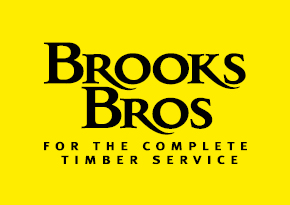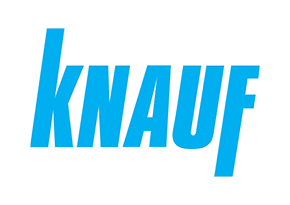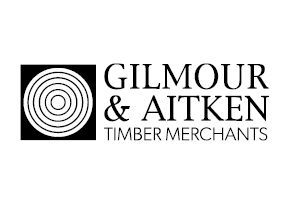Keeping the rain out: good site practice for timber frame buildings
In This Series

Research has demonstrated that leaving a party wall cavity clear allows it to act like a chimney, pulling warm air upwards towards a cold roof space, with colder air moving in behind it. This cycle of air movement affects the thermal performance of buildings that have party wall cavities, even though insulation is already present between studs (for acoustic performance). Changes to building regulations in recent years have aimed to reduce heat loss and energy use, resulting in many more timber frame party wall cavities being insulated.
Article from Timber 2016 Industry Yearbook
Suggested Reading
Timber frame building: materials specification
This Wood Information Sheet (WIS) outlines the materials normally specified for conventional timber frame buildings. Some variations will occur according to the structural design and detailing requirements of specific projects. Many of the components are also used in innovative forms of construction such as engineered stud and twin stud walls,...
28/02/2017 | Wood Information Sheet
Condensation control in dwellings
Condensation in dwellings occurs when warm moist internal air comes into contact with cold inside surfaces, or with cold air or surfaces within the structure.
With improved thermal performance and air tightness in new and existing buildings, the risk of damage from condensation has increased. Most surface condensation...
11/07/2016 | Wood Information Sheet
Cladding for timber frame buildings
The main functions of cladding on a timber frame building are to provide weather resistance and create the external appearance required by the client.
Materials for cladding can be subdivided into two main categories: those which are self supporting (built from their own foundation and tied back to the...
05/05/2014 | Wood Information Sheet

















